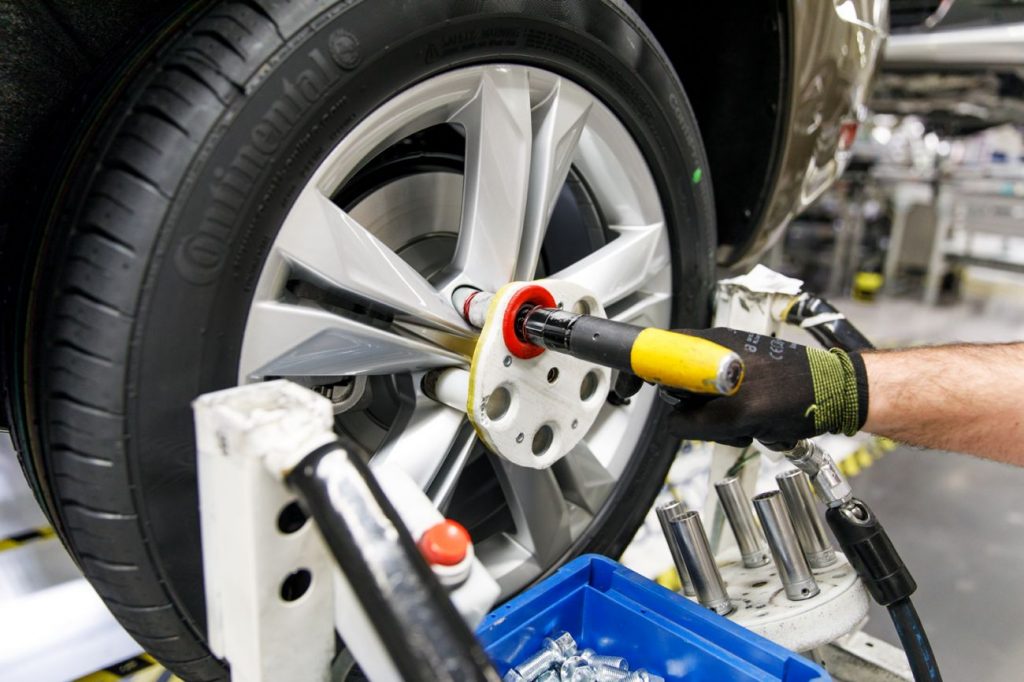Maximizing Production Efficiency with 3D-Printed Tools, Jigs, and Fixtures
Latest News
June 27, 2017
Devising practical solutions to problems is what engineering does. And that means a lot of trial and error goes into finding answers. But if you’re managing money and juggling deadlines, innovation’s trials and errors can mean lots of moola and time spent, often with a hard-to-justify value add. Today’s Check it Out link takes you to a presentation about a trial-and-error approach that spends time and money well.
Volkswagen Autoeuropa faced an issue familiar to many of you: an over reliance on third parties for both prototype and production tools, jigs and fixtures. It took weeks to get parts. It was expensive. Purchasing got involved. Although preferred, prototyping iterations of customized and completely new tools (the old trial-and-error approach) was impractical most of the time. It blew out budgets and stymied productive time.With video, words and photos, “Maximizing Production Efficiency with 3D-Printed Tools, Jigs, and Fixtures” explains how Volkswagen Autoeuropa integrated seven Ultimaker 3D printers into their production workflow to address that problem. This is a very well done presentation. It has facts and ideas to interest engineers and technicians, as well as hard numbers to perk up budget administrators and staff managers.
On this page, you can read a blog post and watch a short video. Do both. That way you’ll get all the details, and there are many to be had. Aside: As a bonus for DE readers, in the sidebar up there is a link to a fine paper covering this story purely as a business case. It’s perfect for the money honchos.

For Volkswagen Autoeuropa’s engineers, 3D printing means making cost-impractical manufacturing aids practical. One example: a window gauge that precisely matches functional and performance needs without its previously unsustainable part and labor costs. For technicians, the 3D printed tools are better ergonomically, and many tools can be repaired quickly.
Time and money savings will grab you budget and staff managers. For example, one part needed 35 days to develop and ran $445 a pop through a third party to make. It took four days to develop and cost 11 bucks with in-house 3D printing. Translation: The investment in Ultimaker 3D print systems was paid back in two months.
The short of it is that “Maximizing Production Efficiency with 3D-Printed Tools, Jigs, and Fixtures” is eye-opening stuff. Hit today’s Check it Out link to watch and read. It’s a keeper.
Thanks, Pal. – Lockwood
Anthony J. Lockwood
Editor at Large, DE
Subscribe to our FREE magazine, FREE email newsletters or both!
Latest News








